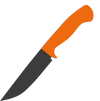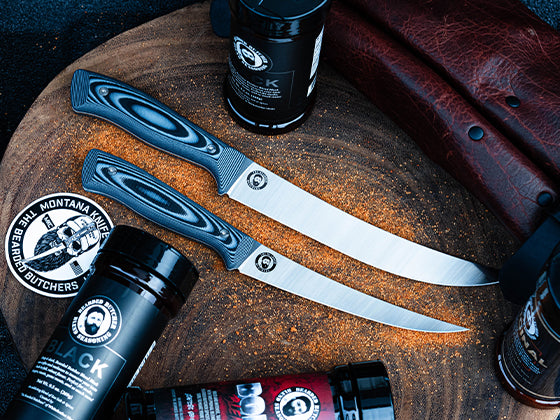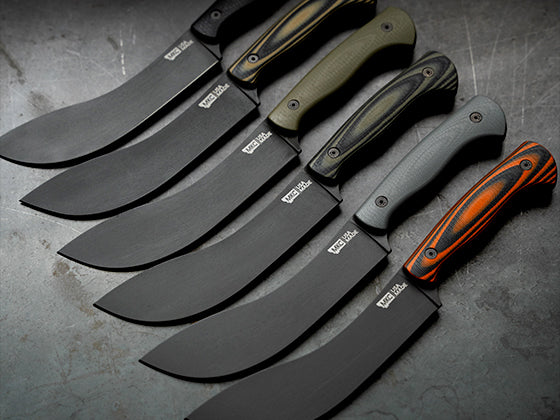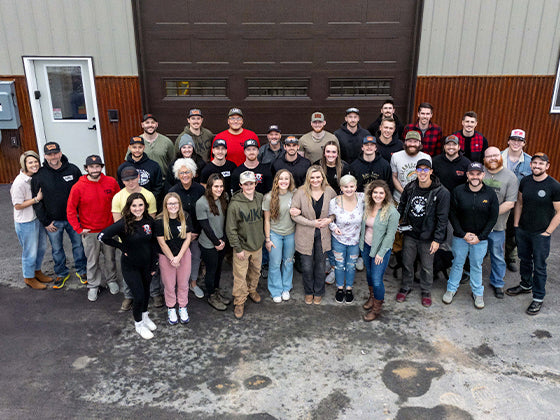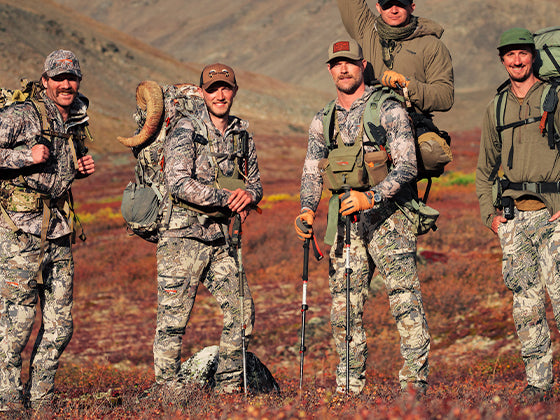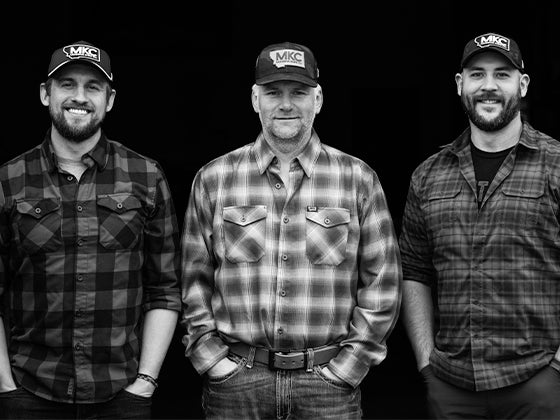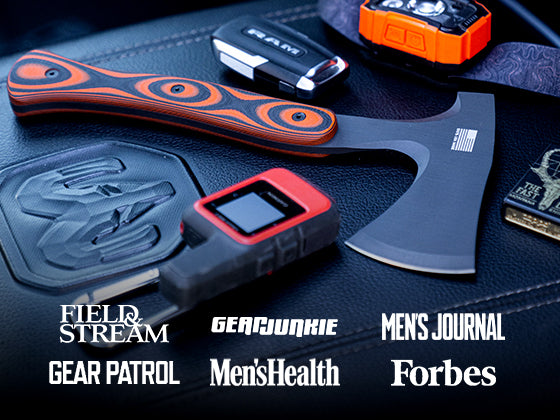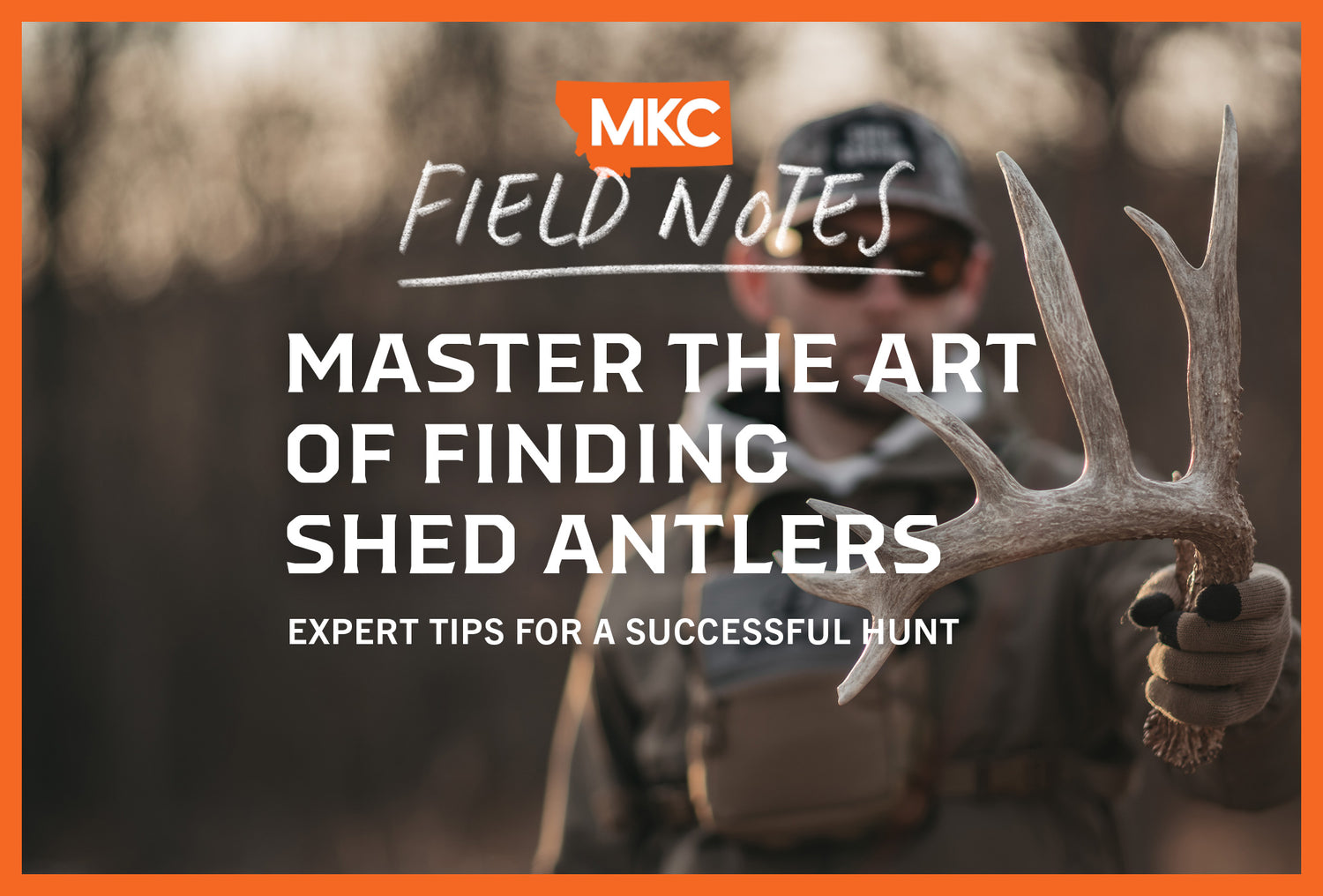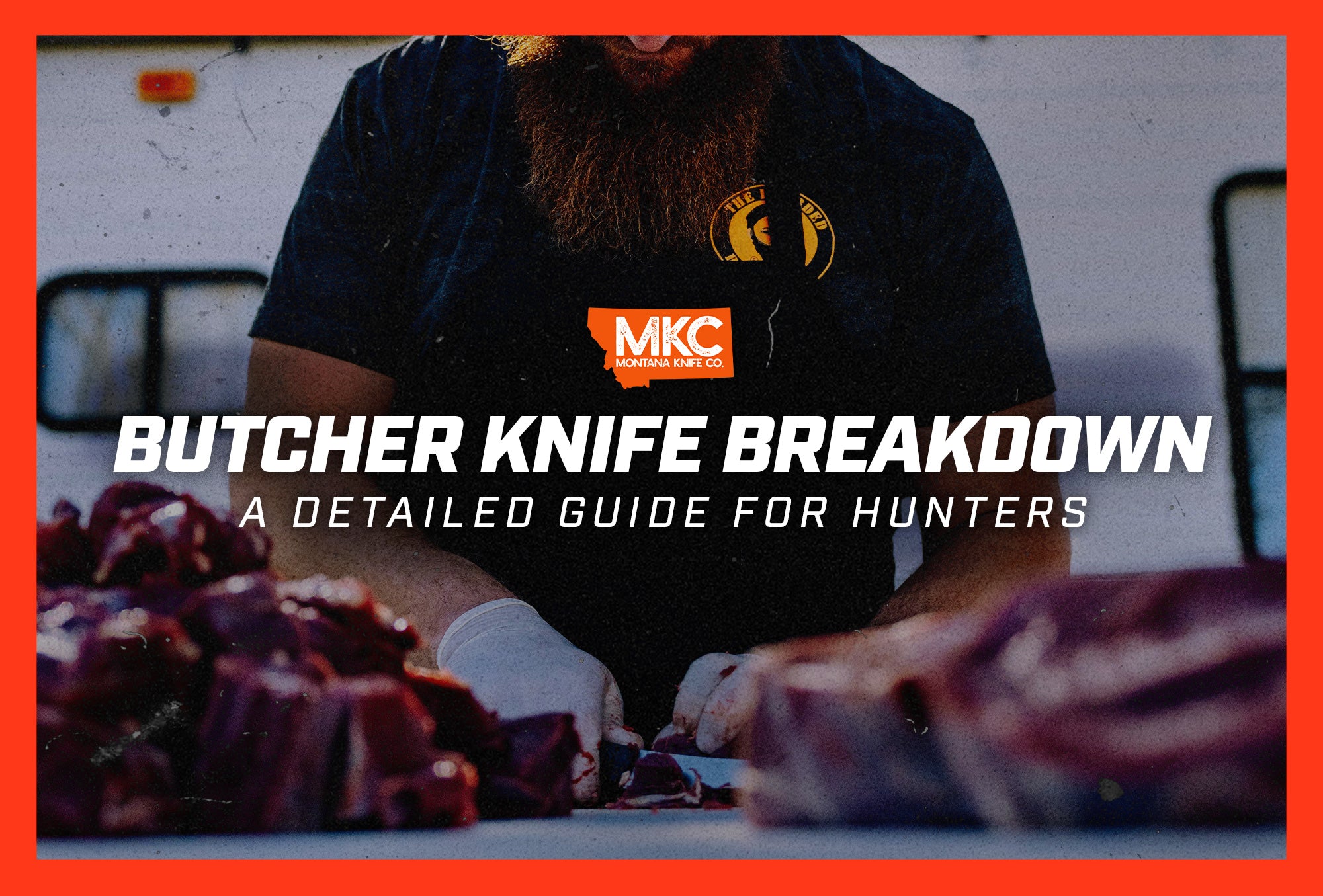You don’t have to make a kill to bring home a trophy. Shed hunting is a much-loved pastime among both hunters and non-hunters, and for good reason.
Antler-bearing animals like deer, elk, and moose shed naturally each year. Every time they shed, the antlers grow larger and more impressive.
What happens to all those shed antlers? Many of them decompose, adding nutrients and minerals back to the soil. Hunters find a lot of them, too. The act of shed hunting is deeply primal — it connects us to the animals we chase, even if we’re not actively hunting for meat or sport.
What is shed hunting, and what are its secrets? How do we get the most out of antler hunting? When do deer shed their antlers, and where should we look for them? In this post, I’ll share my best antler shed hunting tips and tricks.

When’s the Best Time to Go Shed Hunting?
Finding shed antlers can be as simple as taking a walk through the woods and getting lucky. But you can do a lot to elevate your success rates beyond random chance.
First, remember that each species sheds differently. When do elk shed their antlers? When do mule deer shed their antlers? What about moose? Knowing the best time of year to look for shed antlers improves your chances of finding them.
Moose shed earliest, usually around Christmastime. Whitetail deer and mule deer shed next, from late January to early March. Elk usually shed anywhere from late March to early April.
Some states have “shed closures,” meaning you can’t legally go shed hunting until the season opens. This gives the animals time to emerge from their winter habitats and find fresh food sources in the spring.
Here in Montana, we don’t have official shed closures to follow, but giving the animals that break is still important. Be sure to research your local regulations before you embark on your hunt.
How to Find Deer Sheds: Our Best Techniques and Strategies
Finding antler sheds is as much a mental trial as it is a physical one. Before you trek around the woods, try to identify areas where the animal will be when it sheds. That area can vary from year to year depending on migration routes, food sources, the winter’s severity, and more.
Start by looking for signs of life, like footprints or scat. This is a pretty reliable approach, whether you’re moose, elk, mule deer, or whitetail shed hunting. Look as far away from other people as you can. Start searching the last place you saw the animals during rifle season: their late-winter range.
Also, keep an eye out for obvious bedding areas. Animals like to bed in flat spaces, whether that’s a bench on a mountainside or a flat place in an area of rolling terrain. Animals spend more time in their bedding areas than they spend out searching for food.
Check their bedding areas, and check between the areas they feed and bed, too. Most sheds you find won’t be lying out in a grassy meadow — they’ll be in a bush, deep in the trees, or buried in the snow.
Elk and mule deer like large, south-facing open slopes with tree cover nearby. Whitetail prefer river bottom areas. Take your search a step further by scouting using satellite mapping software (like onX Hunt). If you can find the animals, you can find their sheds.
Find a starting area by using your mapping software. As you physically walk the area, track your progress to ensure you cover as much ground as possible. As I walk, I like to stop every 50 yards and look 360 degrees around, above, below, and behind my person. You’d be surprised by the weird places sheds can hide!

Essential Gear for Successful Shed Hunting
Springtime can be unpredictable, so safety in all aspects of your shed hunt is key. Bring plenty of food, water, snacks, and supplies — more than you think you’ll need. I like to bring gators to protect myself from ticks, thick brush, and sticks. A good pair of waterproof boots that fits over the gators adds even more protection, especially in the snow.
Binoculars are another staple of my kit — I like a 10x42 pair. I top everything off with a binocular harness, which holds my binoculars, Garmin, knife, and pistol and keeps them close at hand. Your self-defense items should always be within easy reach this time of year, especially here in Montana. Predators are hungry, and bears are coming out of hibernation.
Lastly, I bring a headlamp in case I end up staying out later than planned, plus a satellite phone for emergencies.
Final Antler Shed Hunting Tips
Before you begin, look up any local laws and regulations that may affect your hunt. Doing research can save you a headache later.
Finally, don’t forget to keep the animals in mind. If you step into their territory too early in the year, you’ll put them through undue stress. It’s tempting to shed hunt as soon as possible, but the more compassion you show the animals today, the better our hunts will be in the future.
by Tristan Richter, valued MKC Team Member














